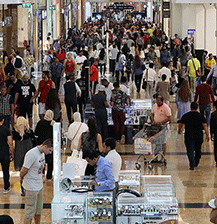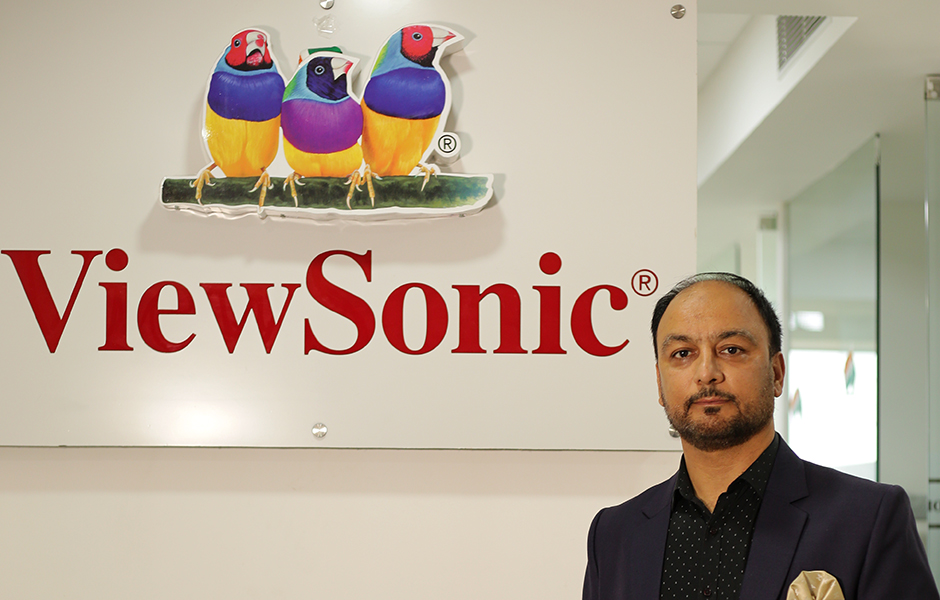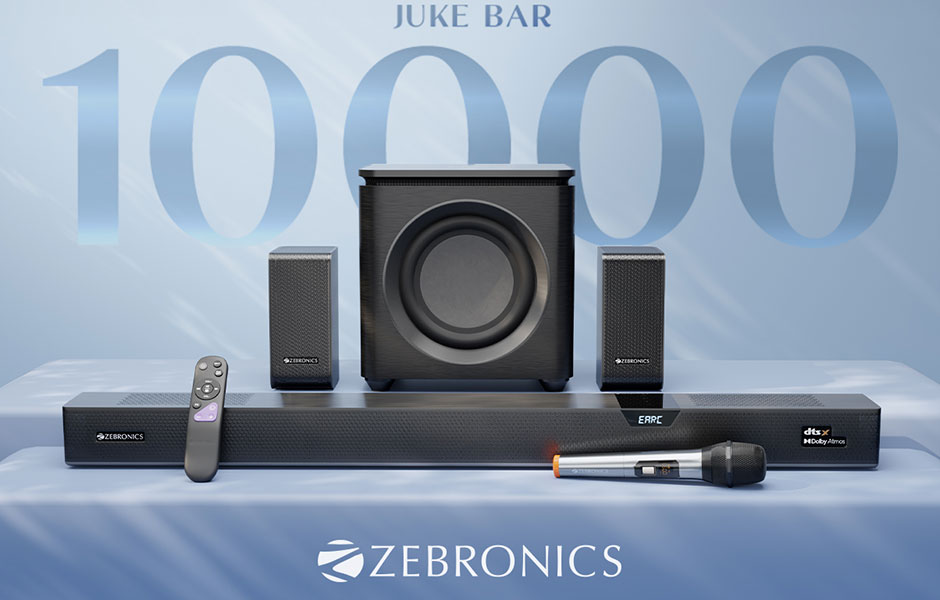Atlassian combats climate change, aims at reaching net zero emissions by 2050
Digital Edge Bureau 07 Jan, 2021 0 comment(s)
Australia’s Atlassian Corporation strives hard to combat climate change
Sydney-headquartered Atlassian Corporation, the provider of team collaboration and productivity software like Jira, Confluence, Bitbucket and Trello, has released its second annual Sustainability Report for the fiscal year 2020 and announced ambitious goals to combat global climate change. This report details Atlassian’s progress and trajectory across four sustainability pillars: planet, customers, people, and community.
“Our hope is that more companies see this is possible, and take the leap”, said Mike Cannon-Brookes, co-founder & co-CEO, Atlassian. “The latest climate science says we need reductions to keep warming to 1.5 degrees to avoid the most damaging effects of climate change. Australia needs to do its part. Our future depends on it”, added he.
Jessica Hyman, Atlassian’s Head of Sustainability, viewed, “We’re setting ambitious climate goals because we believe in matching our words by stepping up and taking action”. “It’s what our staff want. It’s what our customers expect. It’s what our politicians should be doing. And it’s what we must do for the future sustainability of our business”, added Hyman.
“We congratulate Atlassian Corporation for setting emissions reduction targets consistent with limiting warming to 1.5°C, the most ambitious goal of the Paris Agreement, said Alexander Farsan, global lead for Science Based Targets at World Wide Fund for Nature. “By setting targets that are grounded in climate science, Atlassian is setting themselves up for success in the transition to a net-zero economy.”
Company’s SBTi validation is an important step in its climate leadership and commitment to science. Here are the key ways the company plans to get there by 2050:
Absolute Emissions Reduction of 50 percent by 2025: This will mostly be achieved through procurement of 100 percent renewable energy and is therefore directly aligned with our RE100 commitment. The other critical element is ensuring any of the buildings we own and operate run on electricity for heating and cooling (as opposed to natural gas or diesel).
Reduce absolute emissions from business travel 25 percent by 2025: This will be achieved by reducing emissions from business travel, with a big focus on air travel.
65 percent of suppliers by emissions will have SBTs by fiscal year 2025: This will be achieved through supply chain management. We’ll need to engage with our top suppliers and encourage them to set science-based climate targets. We are in the middle of mapping out our priorities here with our internal teams, and we’re looking forward to the opportunity for innovation in this space.






























































